The Moto Edge 20 Fusion is here and it shares the same 108MP Samsung HM2 sensor primary camera with the Mi 10i. The Nord CE, on the other hand, has a 64MP Omnivision sensor. The secondary camera on all the three phones is an 8MP ultrawide angle shooter. But, only the Edge 20 Fusion offers Macro photography capabilities with it. The Mi 10i has a dedicated 2MP camera for macro and 2MP camera for depth, which by the way, is also present on the Edge 20 Fusion. The Nord CE’S 3rd camera is a 2MP mono lens.
On the front, you have a 32MP selfie shooter on the Edge 20 Fusion as opposed to the 16MP units on the Nord CE and the Mi 10i. Now that we have the specs out of the way, let’s jump right into the comparison samples and see which one is the best camera system out there under Rs 25,000.
Colours
Let’s begin with the colour reproduction. The Mi 10i always cranks up the saturation as you can tell from this sample. The Reds and Blues are much deeper than they ought to be. The Moto Edge 20 Fusion’s colours look close to natural but the brown of the table is more accurately captured by the Nord CE 5G, which finds the right balance.
Details and Sharpness
In the second sample, there is definitely a colour cast in the Mi 10i and the Nord CE. But, the Moto Edge 20 Fusion balances it well. Anyway, we are checking for details and sharpness here. The Edge 20 Fusion is definitely soft around the centre and the Nord CE isn’t as sharp around the edges. I’d say both are equally placed when it comes to detail retention. Mostly sharp but soft in certain areas. The Mi 10i, in comparison, definitely tends to over-sharpen. Sometimes it makes certain sections look really bad like the reflection of the sunlight on the water body. At other times it helps enhance typically softer parts, such as the slide for children in the garden, lurking in the shadows.
HDR
As for the dynamic range performance, in this picture of the object against the light, the Nord CE’s HDR algorithm does the best job of retrieving details from the shadows and therefore making the pots stand out against the harsh backlight. The second best is the Mi 10i followed by the Edge 20 Fusion. The second picture just hammers the point home that the Nord CE has the best HDR performance and the Edge 20 Fusion, the worst. In fact, the auto HDR algorithm in the camera app doesn’t even tell you when the Edge 20 Fusion is actually capturing an HDR image or not. By the way, while the HDR performance on the Nord CE is great, it does tend to botch up the colours.
Macro
As for the macros, the Moto Edge 20 Fusion tends to desaturate the colours slightly but it has more details on offer, without a doubt, thanks to the high resolution camera. The 2MP macro camera on the Mi 10i is good but it is not as good as the Edge 20 Fusion. If you are wondering how I managed to capture this macro shot with the Nord CE, which doesn’t have a dedicated camera or a mode, I did it by using the 2x digital zoom here.
Ultrawide
All the three 8MP ultrawide angle cameras shoot soft details. And, the lens can go almost equally wide. So, what separates the three, well the colour science parity with the main camera and that is where the Edge 20 Fusion does a better job than the other two. Also, the colours are nearly accurately reproduced. My only gripe would be the fact that it does tend to blow out the highlights in the sky.
Human Subject
Let’s move on to the human subject shots using the rear camera. And, I repeat here, this is not a set of selfies, these are pictures captured by me, of myself, using the rear camera on the three phones. I was completely blown away by the natural facial tone of the Moto Edge 20 Fusion here. It really shines at facial tone accuracy and even natural sharpness. When you do a close crop, you will see that the Mi 10i is over-sharp and the Nord CE is soft in comparison. Even the colour of the shirt is most accurate on the Edge 20 Fusion. Oh, and don’t forget to notice the really natural bokeh in the background captured by the large sensors on the Moto and Xiaomi phones. Against the night, however, the Moto Edge 20 Fusion’s facial tone is not as good as the Nord CE’s despite a cleaner highlight correction in the background with no sharp overexposed spots either.
Portrait Mode
However, when it comes to processing in Portrait mode, the Moto algorithm botches up gloriously. The accurate facial tones go for a toss and it over-sharpens the details as well. That said, the edge detection was pretty accurate. I liked the Mi 10i’s portrait shot the best of the three.
Selfie
The selfie camera on the Moto Edge 20 Fusion captures extremely warm selfies in daylight. The White Point is completely off target. The Nord CE is the best here followed by the Mi 10i. Against the light, the Nord CE has the best selfie here. The Moto Edge 20 Fusion’s tone-mapped look is absolutely ugly. Moto really needs to work on the HDR and Portrait algorithms for future phones or send an update to improve this one.
Selfie Portrait
When it comes to Self Portraits, the situation is similar to selfies, the Nord CE leads the pack with the Mi 10i being the second best and Moto Edge 20 Fusion coming in last with its overtly warm colour tone.
Low Light
Finally coming to the low light performance, I noticed that without Night Mode on, the Edge 20 Fusion does a fantastic job of retaining details and the essence of the whole picture. The Mi 10i and the Nord CE have a lot of noise. With the respective Night Modes, I noticed that OnePlus’ algorithm did a good job in the first sample. It cleaned out a lot of the noise and re-added the details that were missing in the original shot. In comparison, Moto’s Night Vision not only makes the picture too saturated, it actually wipes out some of the details and adds noise. But, the Mi 10i’s algorithm is the best here. It wipes out the noise almost entirely and makes the image look super sharp too. In the second set of samples, without Night Mode on, you can see how superior the Mi 10i is here, followed by the Moto Edge 20 Fusion and the Nord CE. While the Nord CE does improve with Night Mode on, but that’s only from afar. One look at the close crop and you will see the image is still very soft. The Mi 10i continues to be the best, despite the completely inaccurate colours. Overall, I think the Mi 10i has the best low light performance followed by the Moto Edge 20 Fusion, and the Nord CE.
Low Light Selfies
In low light selfies, the Moto Edge 20 Fusion redeems itself. Now, it does have a lot of noise but in turn it retrieves a lot of details compared to the Mi 10i’s selfie. The facial tones of both the phones are great. The Nord CE is just bad in comparison. It doesn’t even have a Night Mode. Anyway, with Nght Mode on, the Edge 20 Fusion’s algorithm accentuates the noise for sure. But, the Mi 10i messes it up royally with a blown out white face selfie. Overall, I’d pick the Moto Edge 20 Fusion for low light selfies of the three.
Video – Rear
All the three phones can shoot up to 4K 30fps video but the Nord CE shoots the best footage thanks to better stabilization and sound recording. The Mi 10i is not bad but no stabilisation pulls it back. The Moto Edge 20 Fusion does offer a wider colour gamut by recording natively in the BT.2020 colour space. But, the footage doesn’t look very good and the sound recording is bad too. The same is true for the 1080p 60fps footage. You just get better dynamic range, cleaner motion, and no flickers, which is aplenty on the Edge 20 Fusion. The Mi 10i doesn’t even offer any sort of stabilisation.
Video – Front
But when it comes to 1080p 30fps front camera footage, the Mi 10i looks the best. The fidelity is way better than the really soft and average looking footage of the Moto Edge 20 Fusion. The Nord CE does offer slightly better sound recording chops, but I will easily take the Mi 10i here. But, the Nord CE does have the capability of shooting at 60fps, which gives it an edge.
Camera Modes
Now, when it comes to shooting modes, the Moto Edge 20 Fusion does offer a lot of variety, despite offering an unintuitive app. You get Dual Video and Picture capture. Dual Video capture is also available on the Mi 10i for what it is worth. But, apart from that, you get a Spot Colour Mode and Cinemagraph as well. But, it is the Mi 10i that offers more mode with the Vlog mode, Long Exposure, Timelapse, and Clone options. The Nord CE falls behind.
Also Read: OnePlus Nord CE 5G Review – Changing Tides | Comparison vs Mi 10i, iQOO Z3 5G
Verdict
The Moto Edge 20 Fusion’s camera performance is good enough for most use cases but is also inconsistent whenever there is any processing like HDR or Portrait mode involved. But, truth be told, all the phones I’ve tested in this price range are super inconsistent anyway. I really can’t pick one winner from the three. I’d say go for the Edge 20 Fusion if you prefer natural colours, accurate-looking human facial tones, and can steer clear of scenes that require a good dynamic range algorithm. Go for the Nord CE for video recording and the Mi 10i for fantabulous low light performance. Hope that makes it easier to make a choice.
The post Moto Edge 20 Fusion vs OnePlus Nord CE vs Mi 10i Camera Comparison – 108MP vs 64MP! appeared first on MySmartPrice.
from MySmartPrice https://ift.tt/3DabRmT






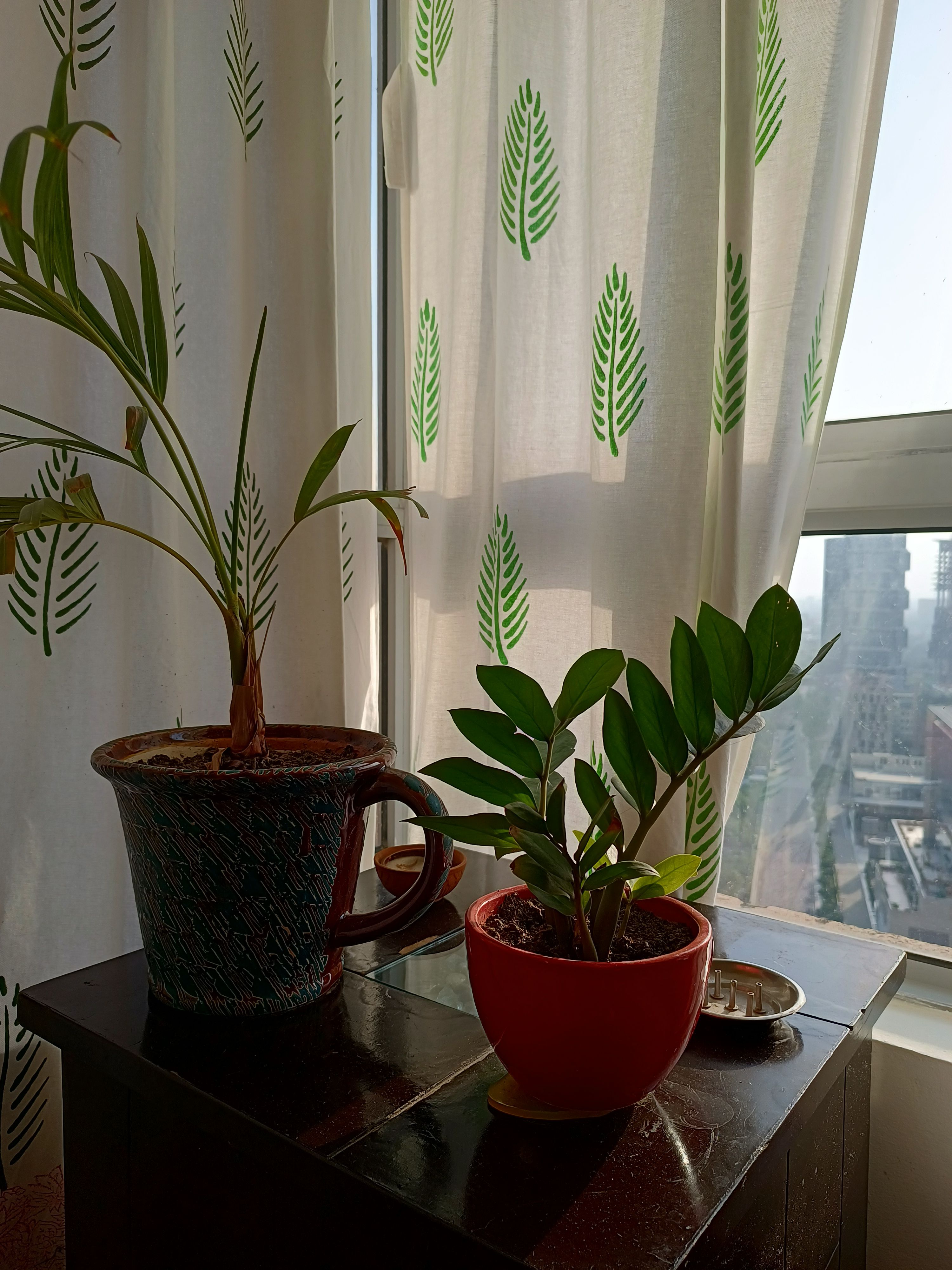
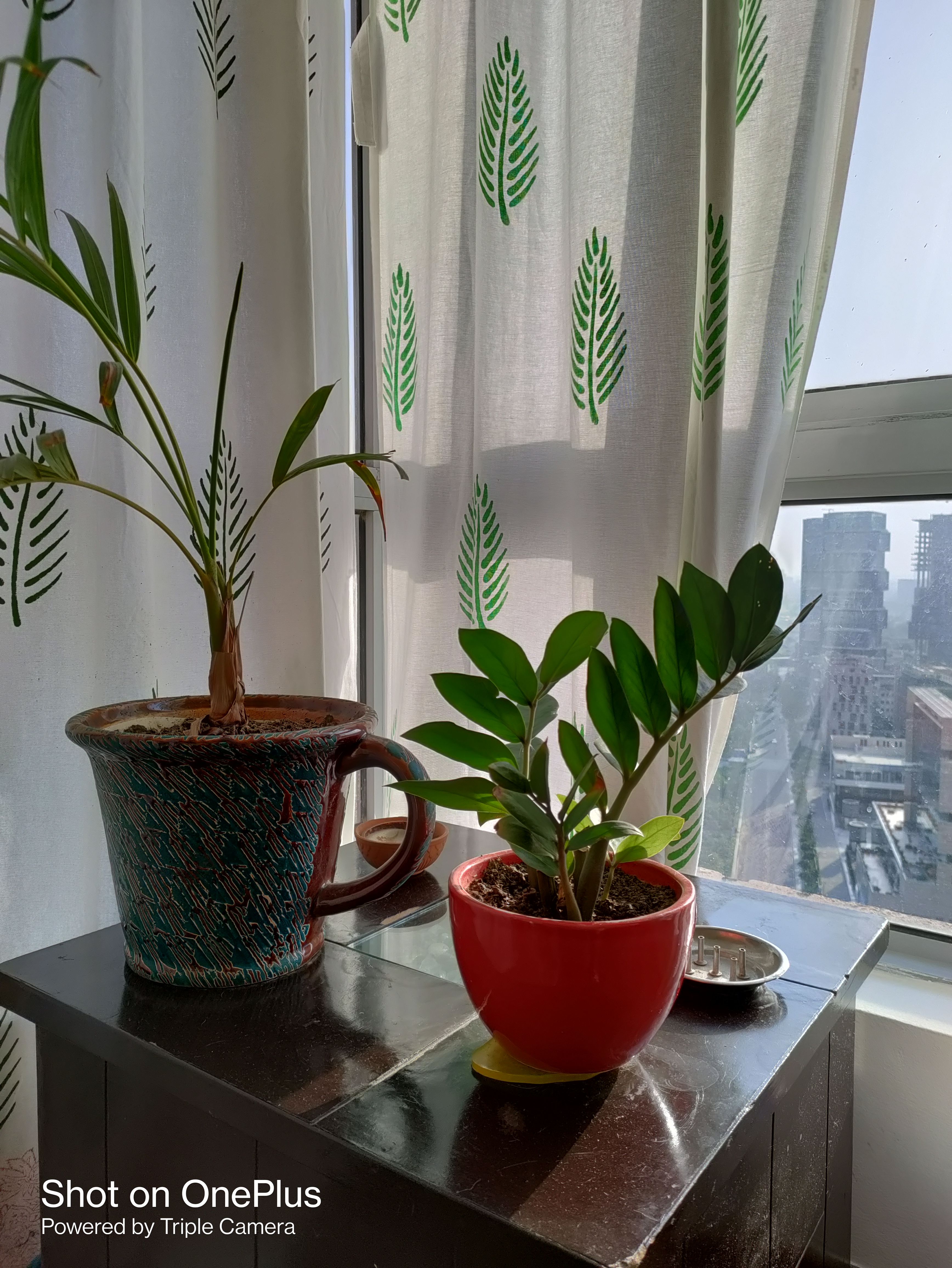
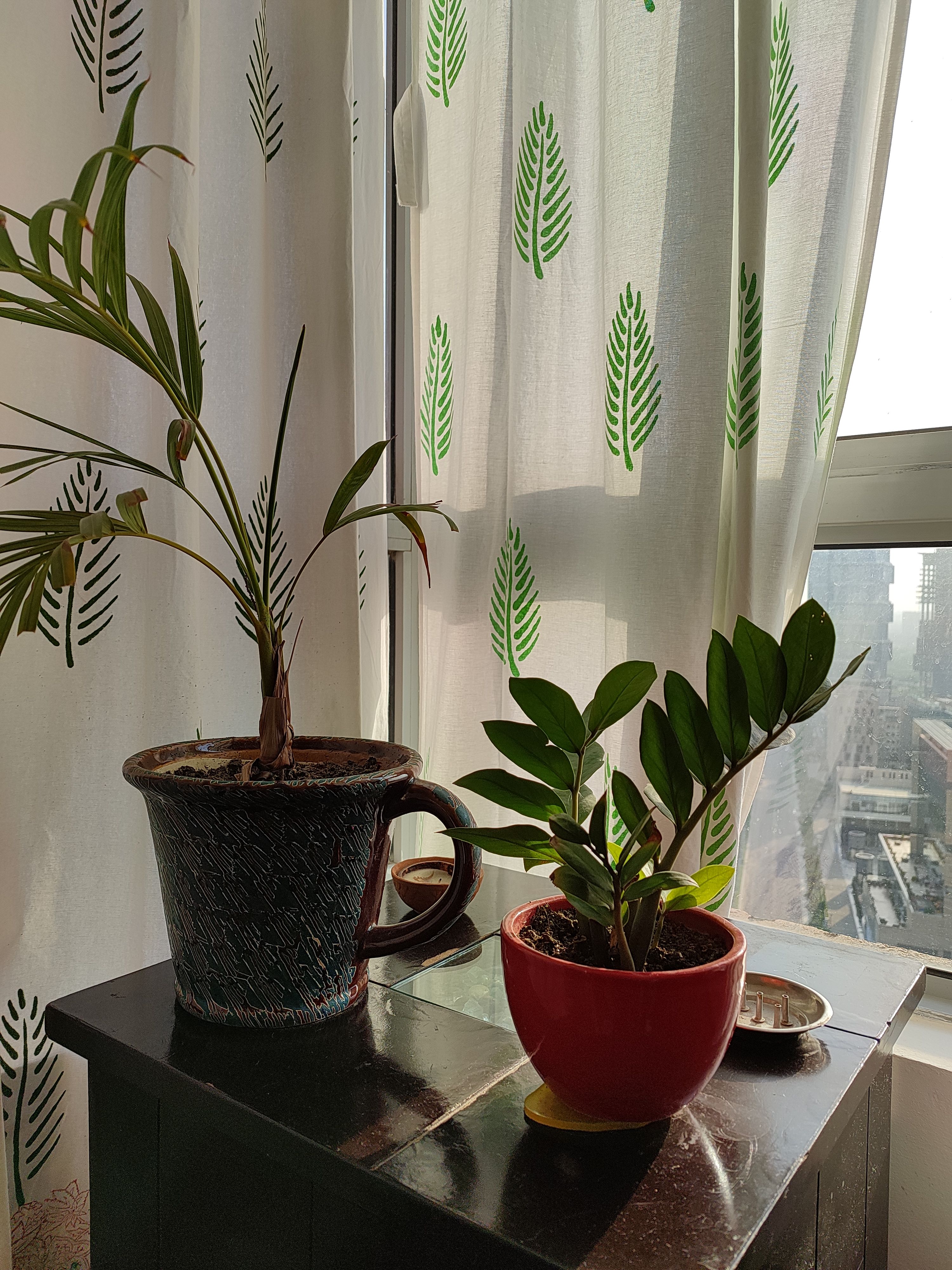
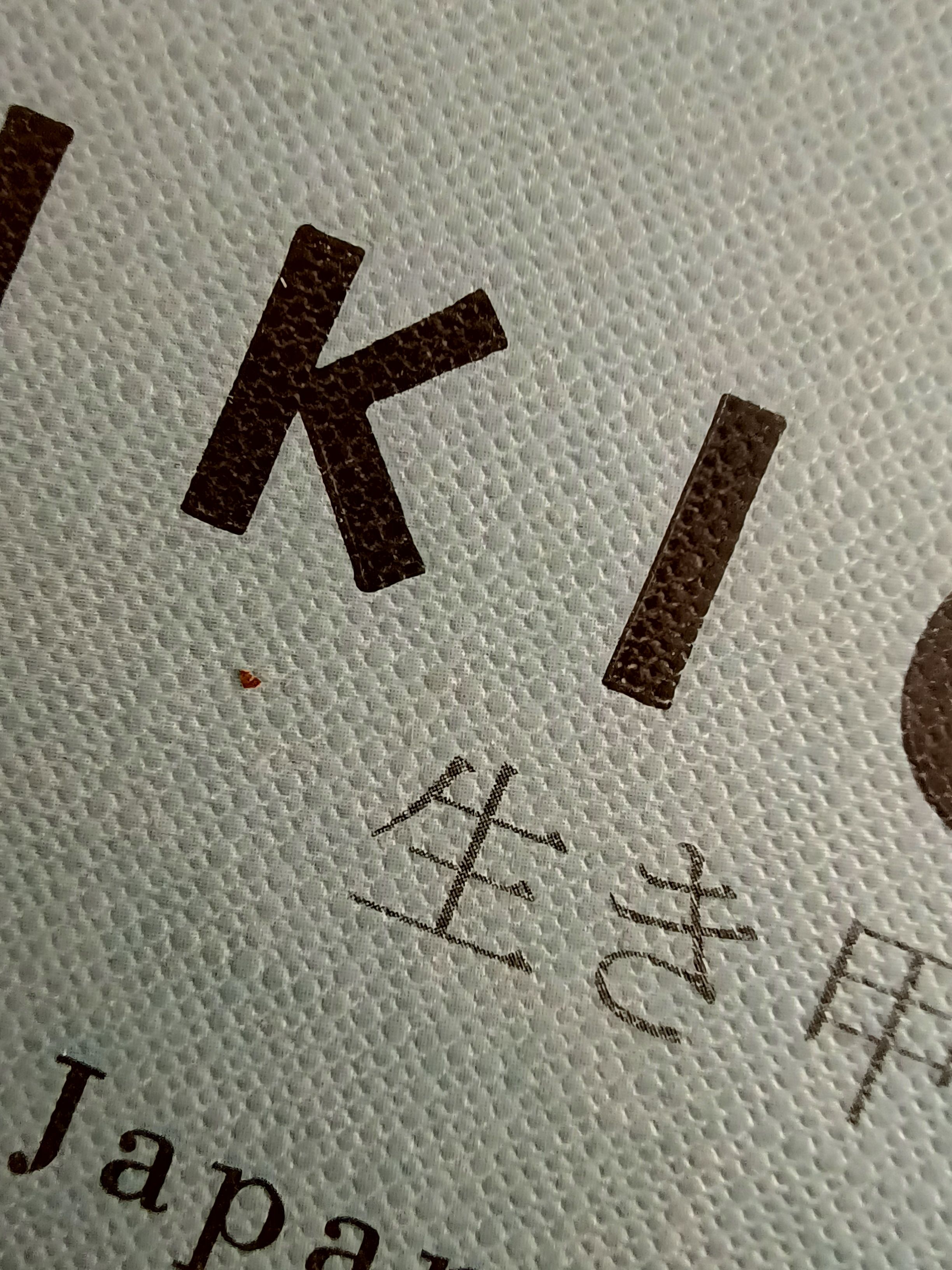

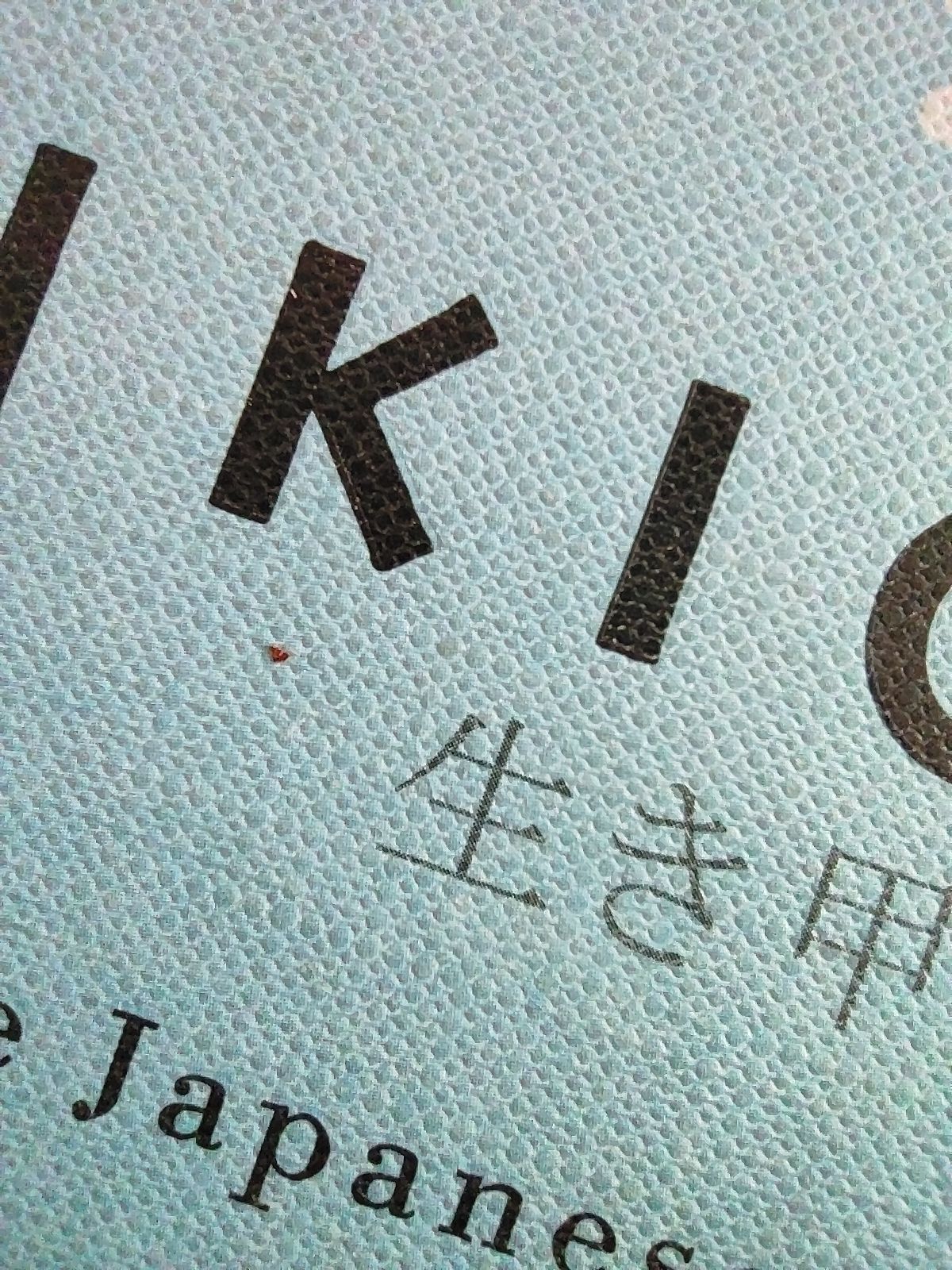
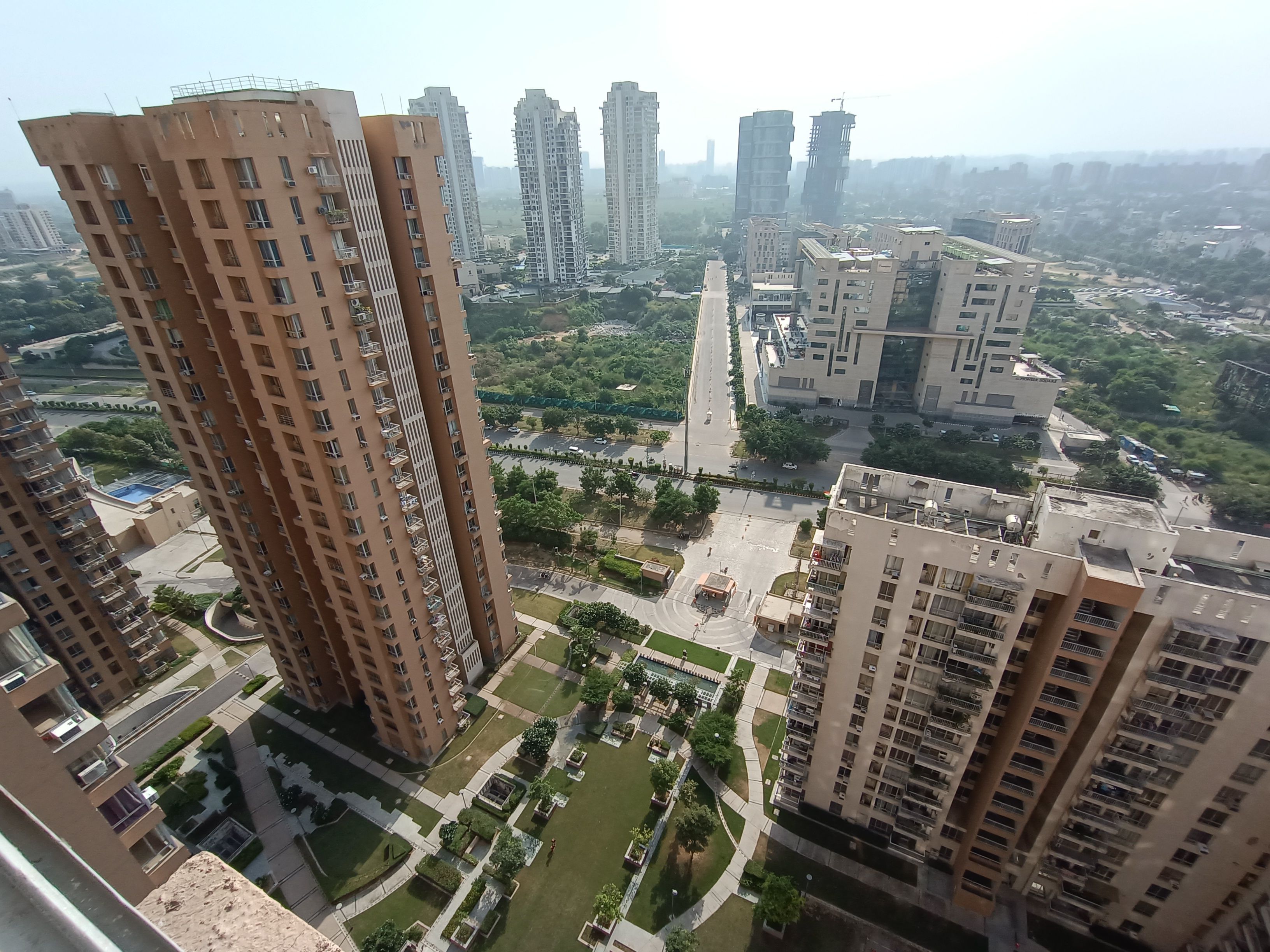
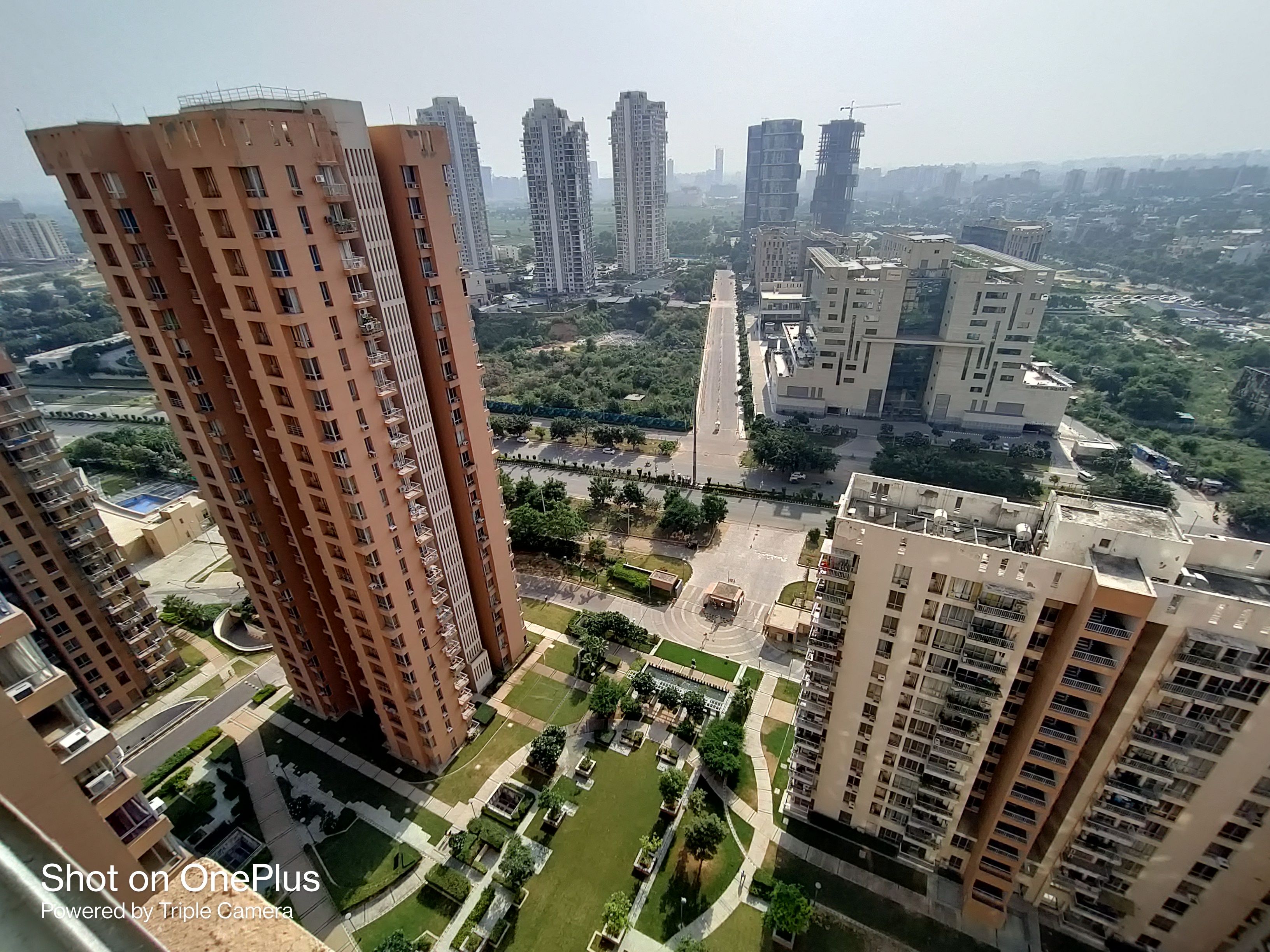













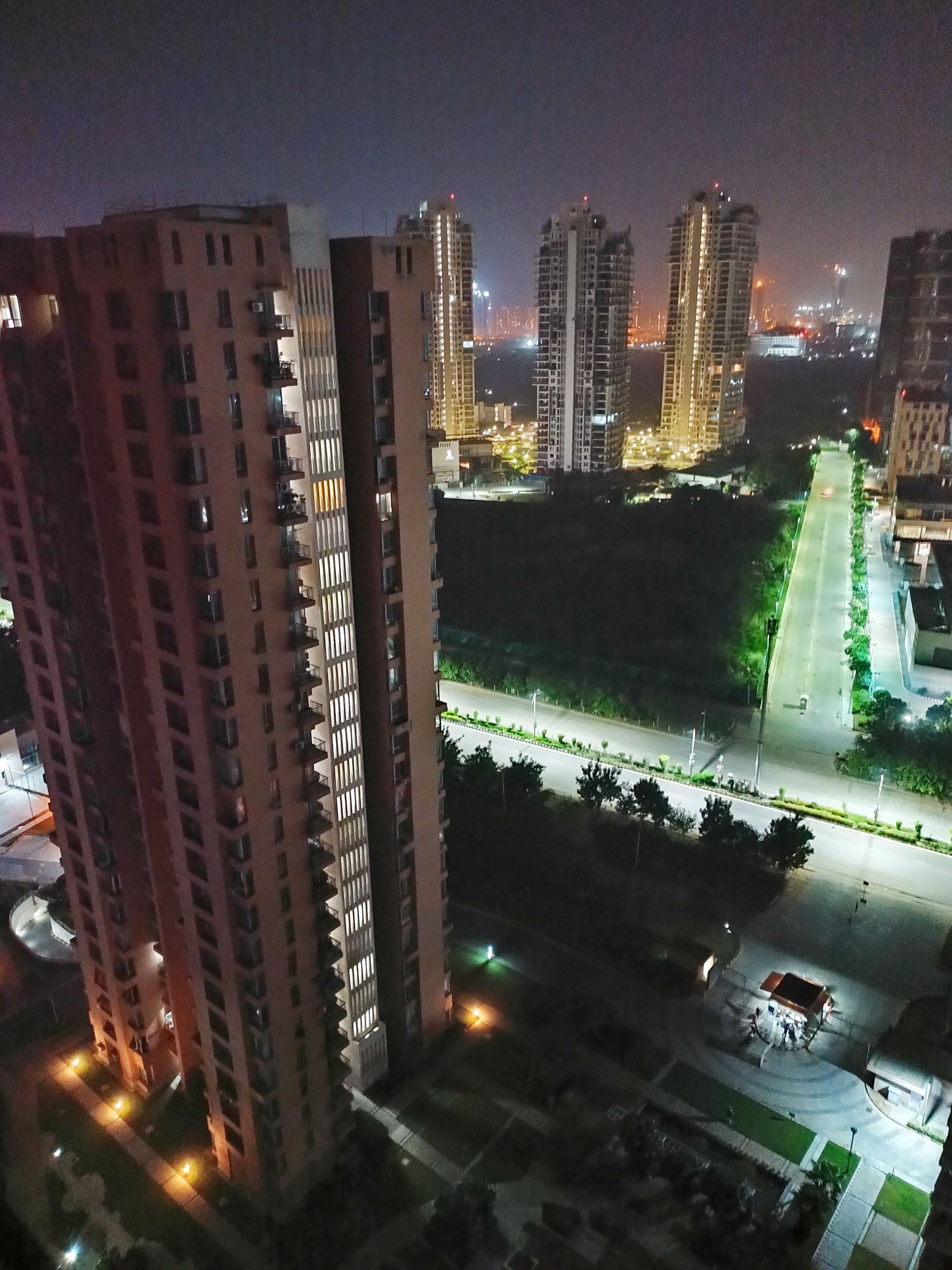
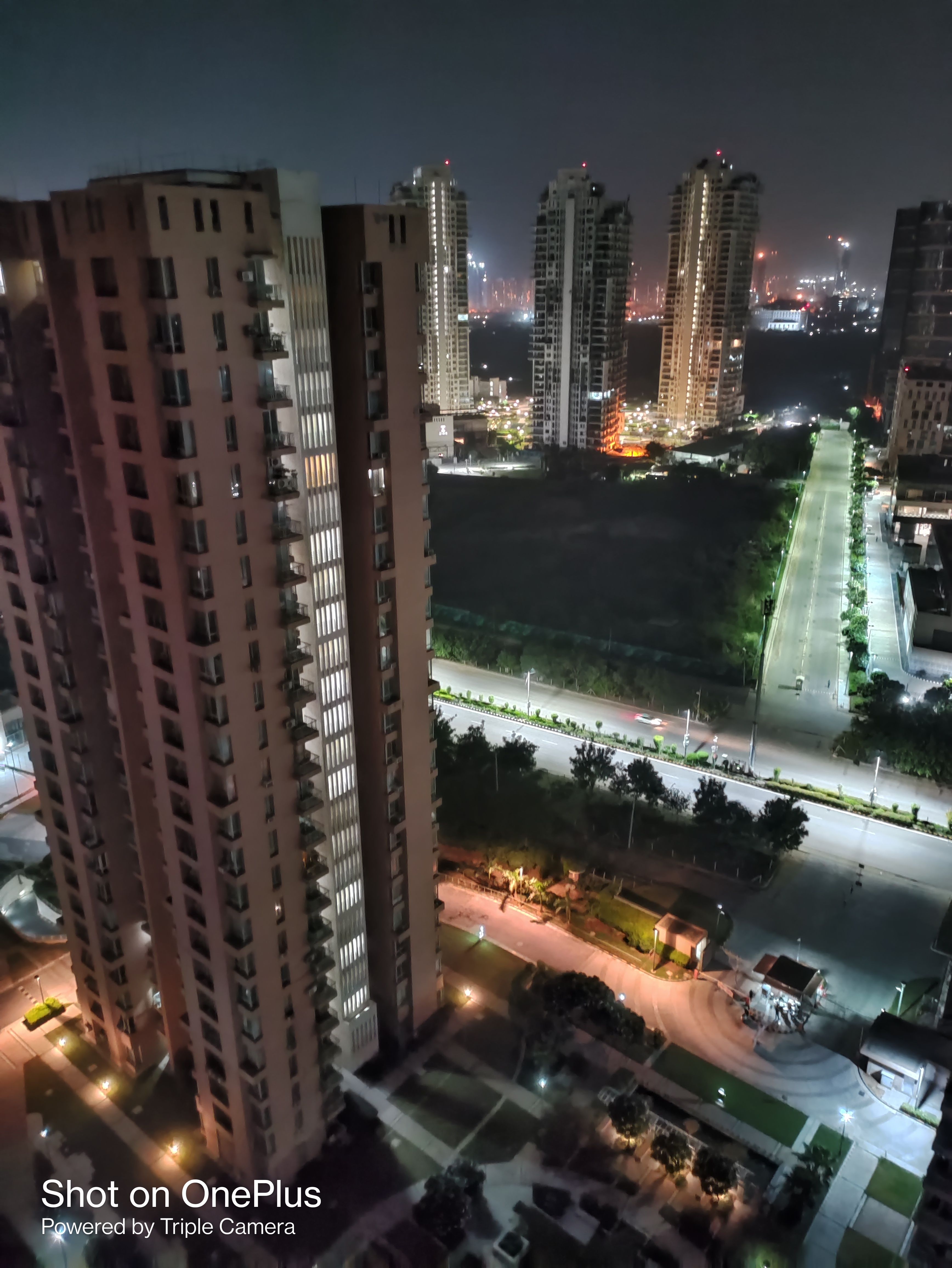




No comments:
Post a Comment